Let’s Chase the Ebb & Flow of the Tide Some More!
Page 2
Play and Learn with all of our resources about the ebb and flow of ocean tides.
Download the activities found at the back of the book.
Pages of Fun:
1 | 2 | 3
What are tide pools?
Watch this great video by Coyote of Brave Wilderness as he finds sea stars, yellow-bellied sea snakes, pufferfish, and a baby octopus! “Get ready… exploring for tide pool creatures is always an amazing adventure!”
What’s this about Sneaker Waves?? Respect the Power of the Ocean!
So what causes tides?
Tides are really all about gravity, and when we’re talking about the daily tides, it’s the moon’s gravity that’s causing them. Watch this video that shows how this happens! –NOAA SciJinks
Want to find out when low tides occur?
The best time to go explore tide pools and their creatures is about a half hour before the low point of low tide. As it comes back in, you’ll have about another half hour to wrap up your explorations before you have to RUN AWAY!
To find out when low tides are, do a search for tides in the area you are visiting. Here is where I may my first amazing discovery of this life in the “zone”!
(Half Moon Bay) Fitzgerald Marine Reserve Tides
https://www.tides.net/california/2193/
In this simplified animation, Earth’s oceans bulge out on both the side closest to the Moon and the side farthest from the Moon. These bulges create high tides. The low points are where low tides occur.
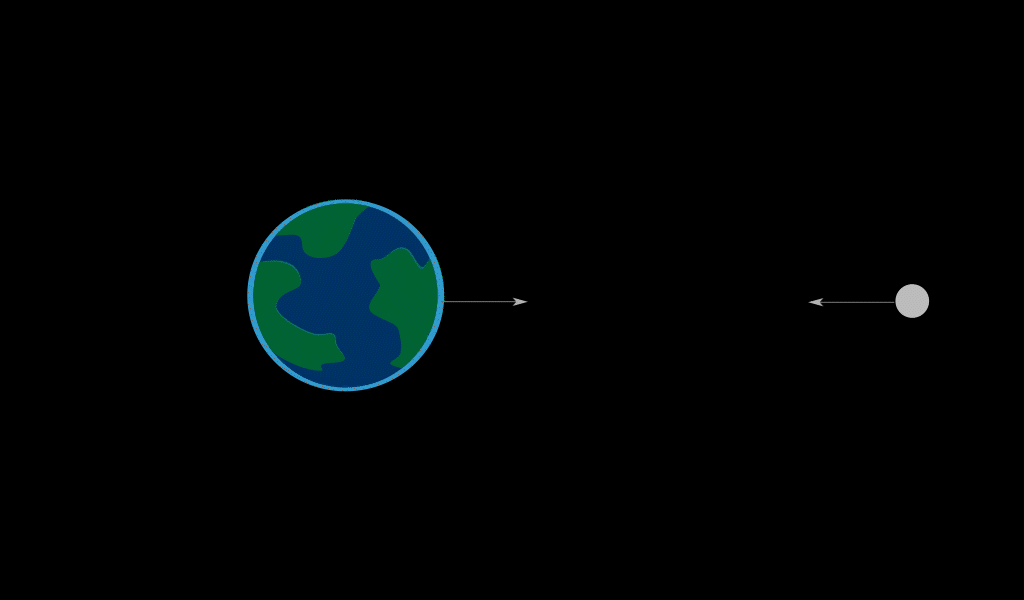
The Moon’s gravitational pull on Earth, combined with other, tangential forces, causes the ocean bulges that create tides.
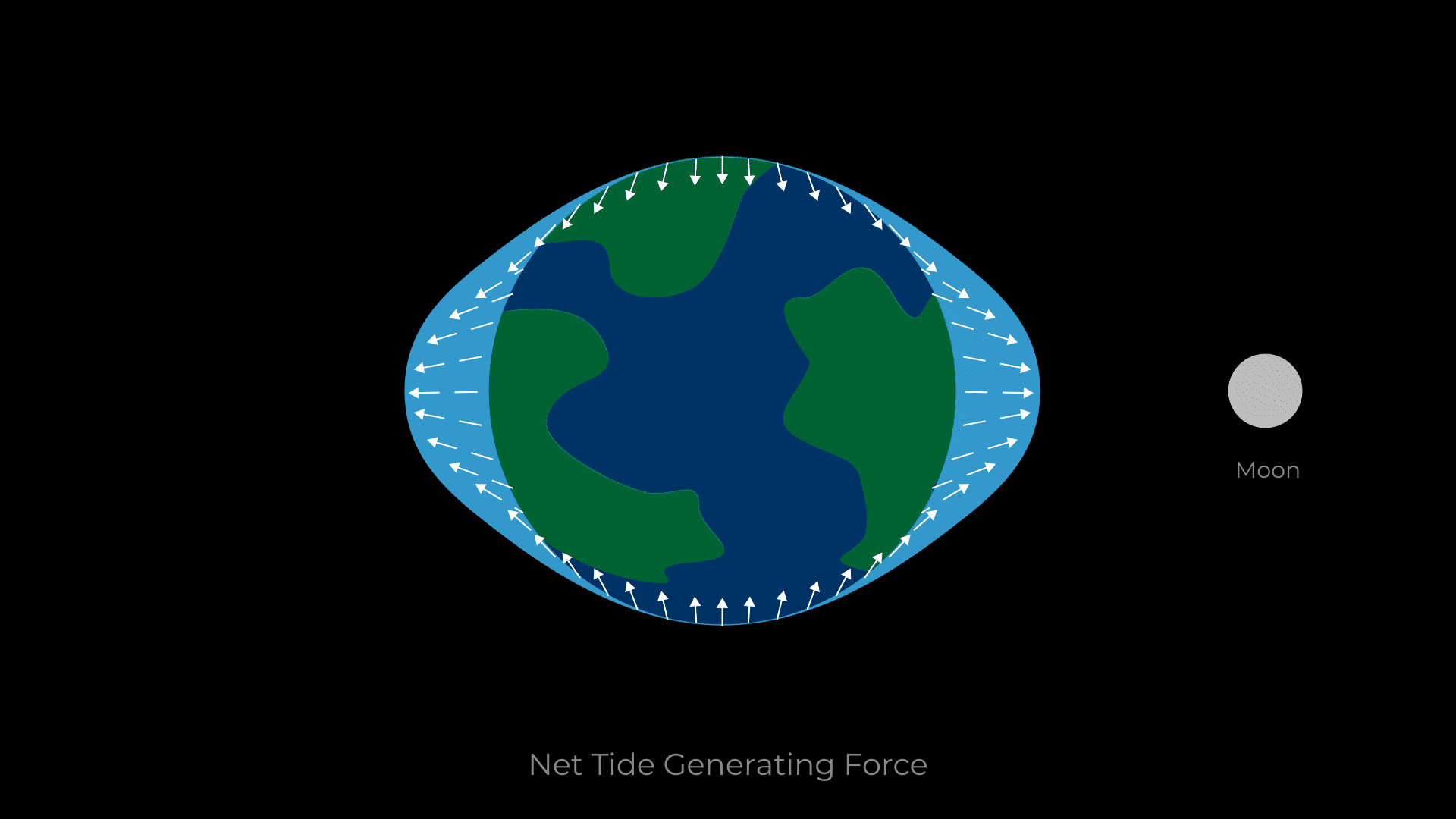
Did You Know?
Tides don’t align perfectly with the Moon.
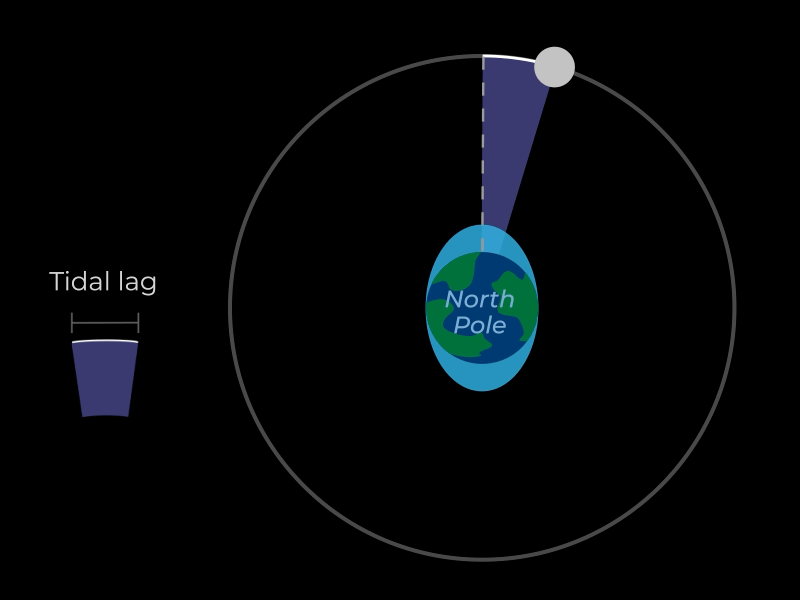
Our observer sees the tides rise when passing through the bulges, and fall when passing through the low points. Of course, in reality the Earth isn’t a smooth ball, so tides are also affected by the presence of continents, the shape of the Earth, the depth of the ocean in different locations, and more. The timing and heights of the tide near you will be affected by those additional elements.
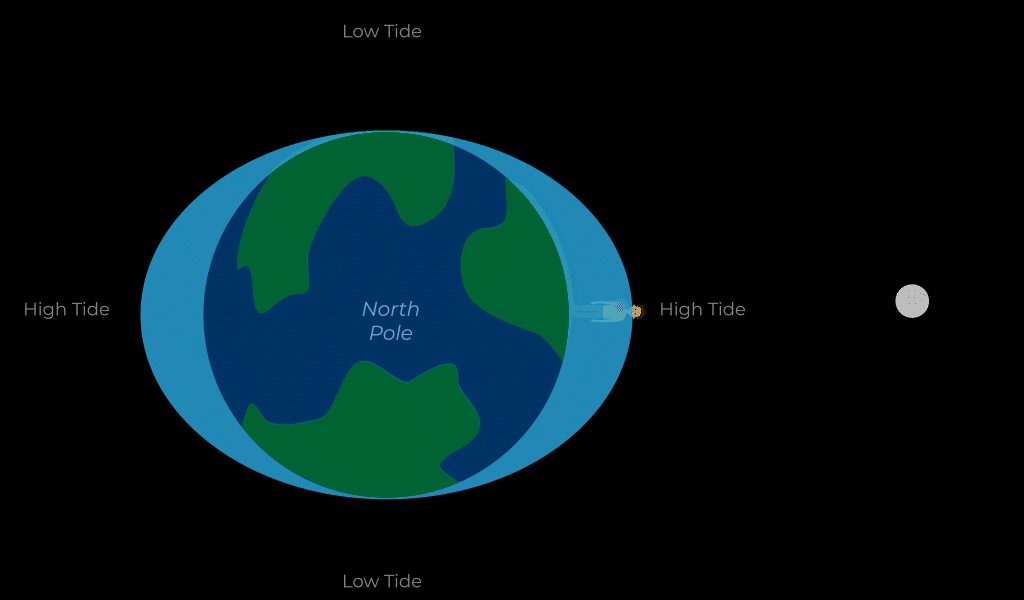
When Earth, the Moon and the Sun line up, the combined gravitational influence causes very high or very low tides to occur. When the Sun is at a right angle to the Moon, moderate tides result. From our view on Earth, these tides coincide with certain phases since they occur when the Moon reaches specific positions in its orbit.
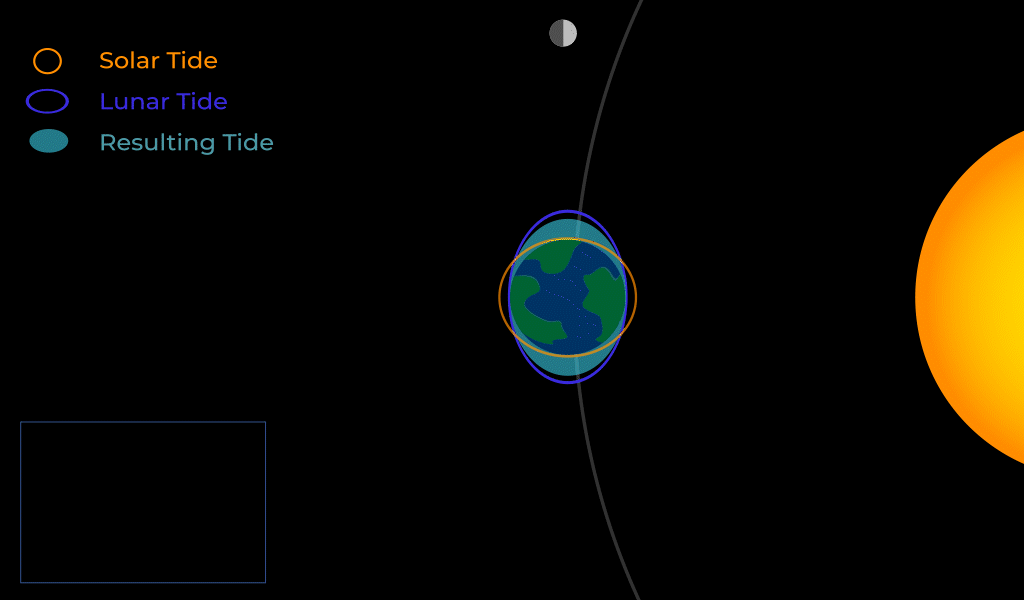
More about Tides – from Ducksters
Types of Tides
- High – High tide is the point in the tidal cycle where the sea level is at its highest.
- Low – Low tide is the point in the tidal cycle where the sea level is at its lowest.
- Spring – Spring tide occurs when the Sun and the Moon are aligned to combine for the largest tidal range of the highest high tide and the lowest low tide.
- Neap – A neap tide is when the tidal range is at its smallest. This occurs during the first and third quarters of the Moon.
- Semidiurnal – A semidiurnal tidal cycle is one where there are two high and two low tides each day.
- Diurnal – A diurnal tidal cycle is one where there is only one high and one low tide during a day.
Interesting Facts about Tides
- The same tidal forces that cause tides in the oceans affect the solid Earth causing it to change shape by a few inches.
- There are typically two spring tides and two neap tides each month.
- In a semidiurnal cycle the high and low tides occur around 6 hours and 12.5 minutes apart.
- Local factors such as weather can also affect the tides.
- The energy from tidal forces can be harnessed for electricity using tidal turbines, fences, or barrages.

